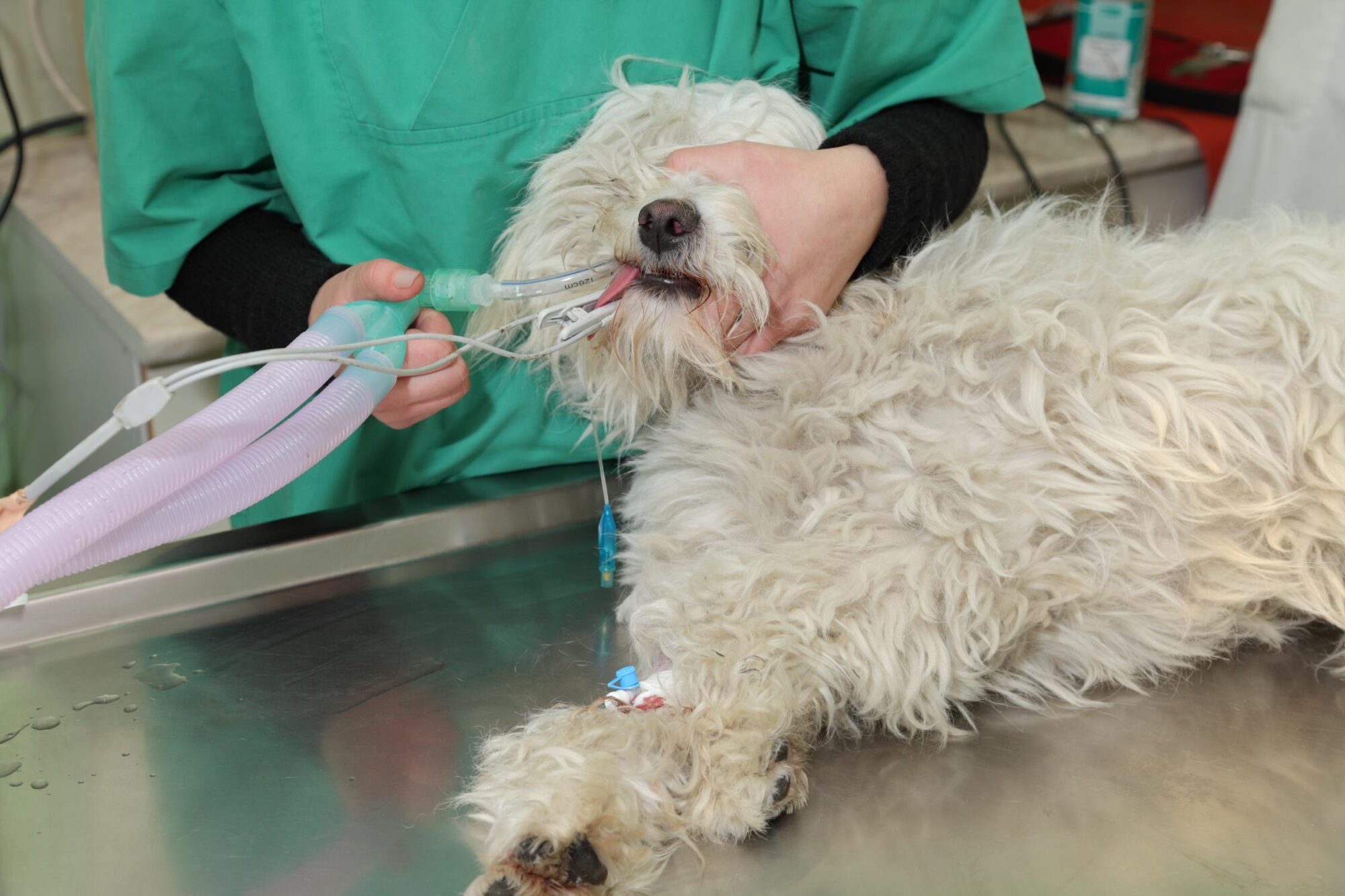Laparoscopic Surgery for Pets: A Safer, Faster Alternative to Traditional Surgery

When your furry companion needs surgery, the word alone can sound scary. But thanks to modern veterinary advancements, there are now gentler, safer options available—and Broadway Oaks Animal Hospital is proud to offer them. One of the most exciting innovations? Laparoscopic surgery for pets. Whether you have a curious cat or a playful pup, this minimally-invasive technique could be the smoothest route to recovery.
What Is Laparoscopic Surgery?
Laparoscopic surgery uses a tiny camera and specialized instruments inserted through small incisions to perform internal procedures. Instead of the large incisions used in traditional surgery, this approach allows your pet’s veterinarian to operate with greater precision and less trauma.
Minimally-invasive surgery for pets isn’t just about using fancy tools—it’s about helping your pet heal faster, and feel better, sooner.
The Benefits of Laparoscopic Surgery for Pets
So why choose laparoscopic surgery over the traditional method? These are just a few compelling reasons pet parents are making the switch:
- Smaller incisions mean less pain, reduced scarring, and a significantly lower risk of infection.
- Shorter recovery times get your pet back on their paws (or curled up in their favorite sunbeam) quicker.
- Greater surgical precision improves outcomes for many procedures.
- Less postoperative discomfort means fewer medications and a smoother healing process.
Put simply, the benefits of laparoscopic surgery for pets can lead to a happier, healthier post-op experience.
Common Procedures Performed Laparoscopically
While not every procedure is suited to a minimally-invasive approach, many common surgeries can be performed this way with excellent results. We use laparoscopic techniques when it’s appropriate and beneficial to your pet. Here are some examples:
- Pet laparoscopic spay: A minimally-invasive alternative to the traditional spay procedure, often resulting in less pain and quicker healing.
- Laparoscopic neuter for dogs: Though not yet widespread, this technique may be offered in certain cases depending on the dog’s anatomy and size.
- Organ biopsies and internal exams: The camera-guided approach may allow for better visualization with less trauma.
- Gastropexy (stomach tacking): Commonly recommended for large-breed dogs prone to bloat, this preventative surgery can be done laparoscopically.
If your pet is a candidate for one of these procedures, it’s worth asking whether a laparoscopic option might be available.
Is Laparoscopic Surgery Right for Your Pet?
Not every pet is a candidate for laparoscopic surgery, but many are. This approach is especially helpful for:
- Active dogs who need to get back to playtime ASAP
- Cats who prefer not to be handled too much during recovery
- Older pets for whom a gentler surgical experience is important
Your veterinarian will evaluate your pet’s needs and help you determine the best surgical plan. We’ll walk you through the process, answer your questions, and make sure you feel confident every step of the way.
Let Us Help Your Pet Heal Easier
When it comes to surgery, less really can be more. We’re proud to offer laparoscopic surgery for dogs and cats as part of our commitment to innovative, compassionate veterinary care. Our experienced team is here to help your pet feel better, faster, with as little discomfort as possible.
Curious about whether laparoscopic surgery is the right option for your pet? Give our friendly team a call at (210) 824-7481 to schedule a consultation.
